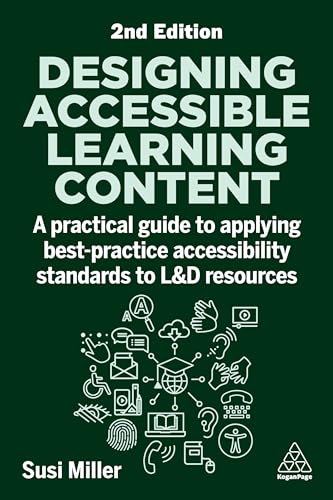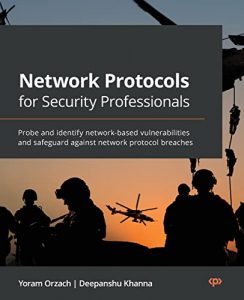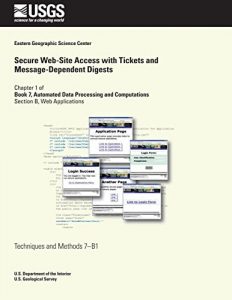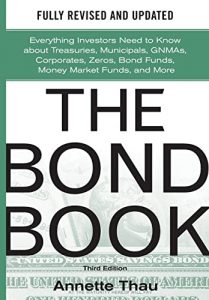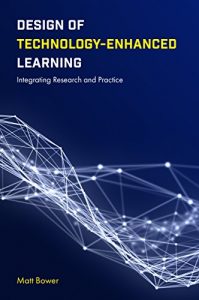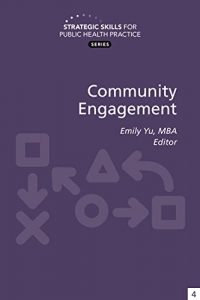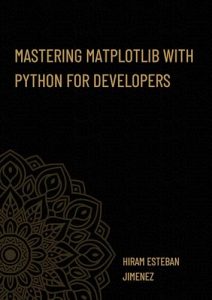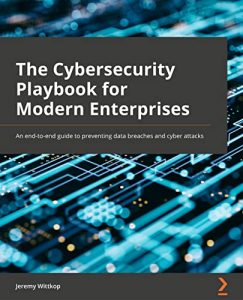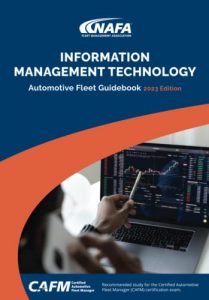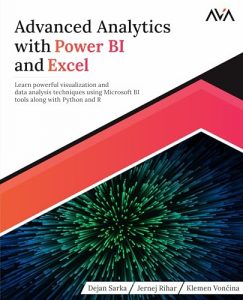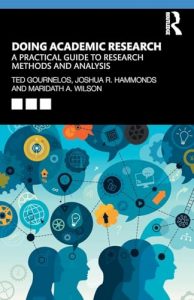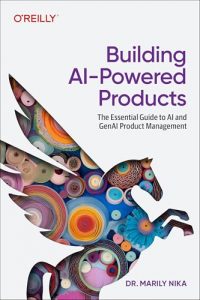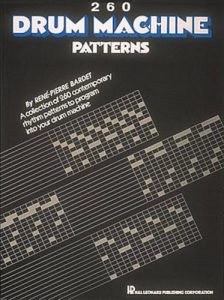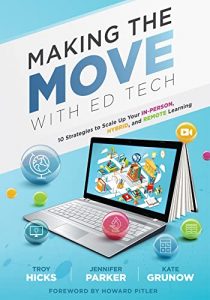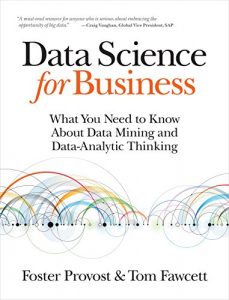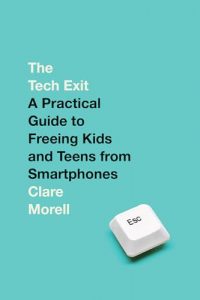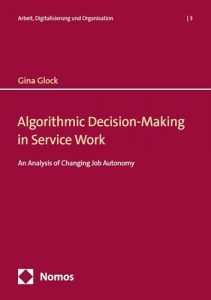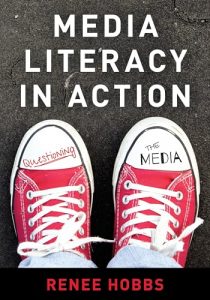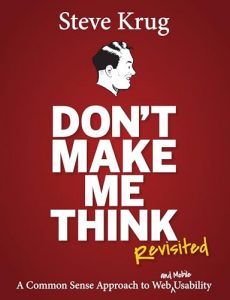1. Designing Accessible Learning Content: A Practical Guide
Authored by Susi Miller, this seminal book provides a comprehensive overview of best practices in creating accessible learning content. With the growing emphasis on inclusivity in education and training, this guidebook stands as a beacon for Learning and Development (L&D) professionals. It offers actionable insights into applying accessibility standards, ensuring that all learners can benefit from learning resources. Whether you are a novice or an expert in accessibility, Miller’s straightforward approach makes it a must-read for enriching L&D best practices.
2. 2012 Texas Accessibility Standards
This book, produced by TDLR, explores the 2012 Texas Accessibility Standards, essential for ensuring compliance with accessibility laws in Texas. The guidelines provided are crucial for architects, builders, and designers who want to create spaces that are welcoming and accessible to everyone. It lays out precise details about the legal standards while also imparting practical design strategies, making it an invaluable resource in the field of architecture. Staying updated with these standards is vital for anyone involved in construction or design.
3. Web Accessibility: Web Standards and Regulatory Compliance
This extensive guide, authored by a team of experts, delves into making the web accessible to all users. The book discusses the importance of web standards and compliance, highlighting essential practices that web developers and designers need to follow. With its clear explanations of accessibility principles combined with practical examples, it serves both as a textbook for students and a reference for professionals. In a digital age where online accessibility is paramount, this book is indispensable for anyone involved in web design.
4. Designing Accessible Learning Content: A Practical Guide (2nd Edition)
In this revised edition, Susi Miller builds upon her successful first edition, reflecting on new advancements in accessibility standards and their application in learning. The book features up-to-date resources and case studies that showcase effective practices in developing accessible content. It equips educators and trainers with the essential tools to foster an inclusive learning environment. With increased awareness about the need for accessible education, this version is particularly relevant today.
5. Architectural Graphic Standards
The “Architectural Graphic Standards” book is a reference compilation by the American Institute of Architects that provides detailed information on architectural practices, including accessibility. This edition is particularly relevant for architects and designers who need to ensure that their designs adhere to current accessibility guidelines. It presents standards clearly and concisely while also illustrating how to effectively implement them in designs. As architects increasingly face the challenge of balancing compliance and creativity, this book serves as an essential resource.
6. ADA Accessibility Details Quick-Card
This concise card, updated based on the 2010 ADA, offers a quick reference to crucial accessibility details. Designed for easy portability, this quick-card is ideal for contractors needing to ensure compliance on job sites. Despite its small size, it packs a wealth of information, making it a great companion for professionals who are on the move and need immediate access to ADA guidelines. For anyone working in construction or design, it’s an indispensable tool to keep on hand.
7. Americans with Disabilities Act (ADA) Accessibility Guidelines
This important guide from the U.S. Government provides a comprehensive overview of the pivotal ADA accessibility guidelines that affect various aspects of design, architecture, and urban planning. Understanding and applying these guidelines ensures that public spaces are accessible to individuals with disabilities. The book serves not only as a legal reference but also as a comprehensive guide to creating inclusive environments, making it essential reading for professionals across multiple fields.
8. Uniform Federal Accessibility Standards
This resource outlines the accessibility standards that must be observed federally. It is especially useful for government contractors, architects, and designers working on projects that receive federal funding. By adhering to these uniform standards, professionals can ensure their designs meet necessary accessibility requirements. This book delivers essential insights that are fundamental for anyone involved in designing federal buildings or facilities, making it a crucial addition to any professional library.
9. Significant Changes to the A117.1 Accessibility Standard: 2009 Edition
This important text, co-authored by Jay Woodward and Kim Paarlberg, reviews significant revisions made to the A117.1 accessibility standard in 2009. It highlights critical changes that affect everyone involved in building design and construction. By understanding these changes, professionals can better influence the accessibility of public and private spaces. This book is a comprehensive resource for architects, builders, and policy makers who need current information regarding A117.1 standards.
10. Guide to Digital Accessibility
In this informative guide, authors Rae Mancilla and Barbara A. Frey tackle the essential principles of digital accessibility. With the increase in digital content access, understanding how to create accessible digital platforms is more important than ever. This book covers a wide range of topics from practical tools to legal obligations, providing an essential framework for anyone involved in producing digital content. It’s a fantastic resource, making the digital world more inclusive for all users.

